Ditapis dengan
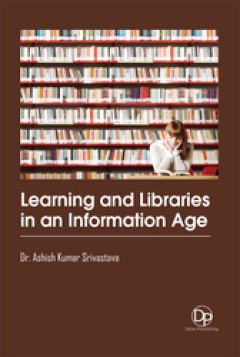
Learning and Libraries in an Information Age. (EBOOK)
The use of Information Communication Technologies (ICTs) has caused a transformation in the users’ perception from what is being hosted in the library to how and when services are rendered to fulfill their requests. Consequently, libraries are becoming less important for the material they collect or house. Instead, their importance is being measured in respect to the fulfillment of the usersâ…
- Edisi
- -
- ISBN/ISSN
- 9781984602985
- Deskripsi Fisik
- -
- Judul Seri
- -
- No. Panggil
- 020 ASH l
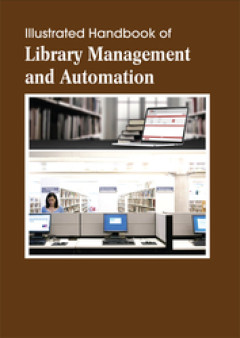
Illustrated Handbook of Library Management and Automation. (EBOOK)
Library is a fast growing entity in the Era of 21st Century. The ancient methods of maintaining it are no longer dynamic and efficient. For expeditious retrieval and dissemination of information and better service for the clientele, application of modern techniques has become absolutely indispensable. A properly computerized library will help its users with quick and prompt services. Library au…
- Edisi
- -
- ISBN/ISSN
- 9781984610638
- Deskripsi Fisik
- -
- Judul Seri
- -
- No. Panggil
- 020 ALE i
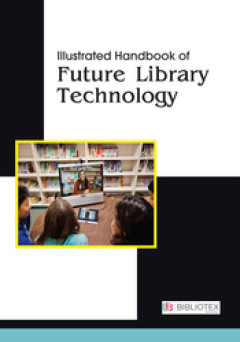
Illustrated Handbook of Future Library Technology. (EBOOK)
• The focus of this book is on introducing current and future trends in library technology and automation within the larger context of strategic and systems. • This book helps library workers understand the underpinnings of technology and how to powerfully manage tech to serve patrons and staff alike.
- Edisi
- -
- ISBN/ISSN
- 9781984626240
- Deskripsi Fisik
- -
- Judul Seri
- -
- No. Panggil
- 020 ALE i
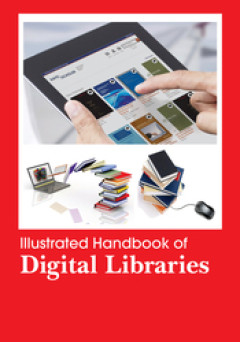
Illustrated Handbook of Digital Libraries. (EBOOK)
A digital library is a collection of documents in organized electronic form, available on the internet or on CD-ROM (compact-disk read-only memory) disks. Depending on the specific library, a user may be able to access magazine articles, books, papers, images, sound files, and videos. Digital libraries contain diverse information for use by many different users. Digital libraries range in size …
- Edisi
- -
- ISBN/ISSN
- 9781984610584
- Deskripsi Fisik
- -
- Judul Seri
- -
- No. Panggil
- 020 ALE i

Human Resource Management in Today's Academic Library. (EBOOK)
The dynamics and structure of the academic library within the higher education community create complex environments for the library administrator attempting to navigate the myriad rules and regulations that affect staff recruiting, hiring, processing, compensating, and related functions for library personnel. This book focusses on strategic human resource management techniques in a digital lib…
- Edisi
- -
- ISBN/ISSN
- 9781984630124
- Deskripsi Fisik
- -
- Judul Seri
- -
- No. Panggil
- 020 NOA h
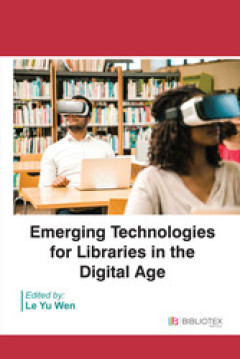
Emerging Technologies for Libraries in the Digital Age. (EBOOK)
Libraries are universally recognized as important social structures and no society is considered to be complete without a library system. The use of new technology results in a transition from Print to Electronic, transitions from Forms to Applications, delivery systems, and this is inevitable. New technologies have been incorporated into the research of the library. The book provides an overvi…
- Edisi
- -
- ISBN/ISSN
- 9781984652126
- Deskripsi Fisik
- -
- Judul Seri
- -
- No. Panggil
- 020 LE e
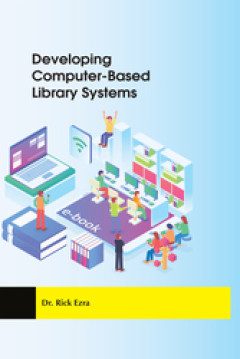
Developing Computer-Based Library Systems. (EBOOK)
The developments in the use of computer systems in libraries from 1966 to date have been great. Developments in the use of computer-based library systems have progressed by leaps and bounds in recent years. Computers in Library and Information Science (LIS) research have been an object of study or a tool for research for at least fifty years, but how central are computers to the discipline now?…
- Edisi
- -
- ISBN/ISSN
- 9781984644459
- Deskripsi Fisik
- -
- Judul Seri
- -
- No. Panggil
- 020 RIC d
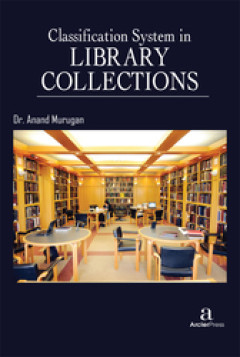
Classification System in Library Collections. (EBOOK)
Libraries use classification systems to organize library materials so they can be easily and quickly found. These systems place items about the same subject in the same area of the library. This process helps the user to arrange, organize and make a logical sense of objects which also assists the user to locate them in an easy manner. This book will constitute a meaningful contribution to conte…
- Edisi
- -
- ISBN/ISSN
- 9781984601834
- Deskripsi Fisik
- -
- Judul Seri
- -
- No. Panggil
- 020 ANA c
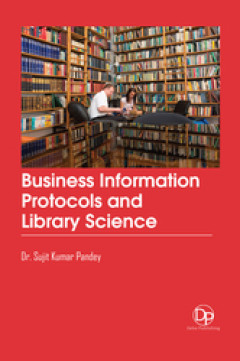
Business Information Protocols and Library Science. (EBOOK)
The Internet today has become one of the most important mode of communication and its services are being exploited by people in every walk of life such as business, education, defense, medicine, etc. In the field of library and information science, the Internet has become one of the most popular and talked about subject. The Book focuses on the impact of lnternet on various library processes, s…
- Edisi
- -
- ISBN/ISSN
- 9781984602916
- Deskripsi Fisik
- -
- Judul Seri
- -
- No. Panggil
- 020 SUJ b
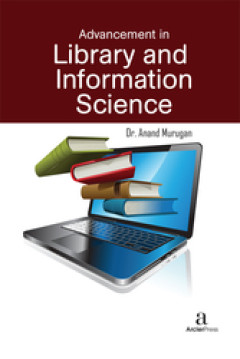
Advancement in Library and Information Science. (EBOOK)
This book contains high quality, research-oriented continuing developments and trends affecting the public, school, and academic fields, as well as specialized libraries and librarians globally. These notions on professional and organizational considerations in library and information resource development and management assist in showcasing the latest methodologies and tools in the field. This …
- Edisi
- -
- ISBN/ISSN
- 9781984601827
- Deskripsi Fisik
- -
- Judul Seri
- -
- No. Panggil
- 020 ANA a
 Karya Umum
Karya Umum  Filsafat
Filsafat  Agama
Agama  Ilmu-ilmu Sosial
Ilmu-ilmu Sosial  Bahasa
Bahasa  Ilmu-ilmu Murni
Ilmu-ilmu Murni  Ilmu-ilmu Terapan
Ilmu-ilmu Terapan  Kesenian, Hiburan, dan Olahraga
Kesenian, Hiburan, dan Olahraga  Kesusastraan
Kesusastraan  Geografi dan Sejarah
Geografi dan Sejarah